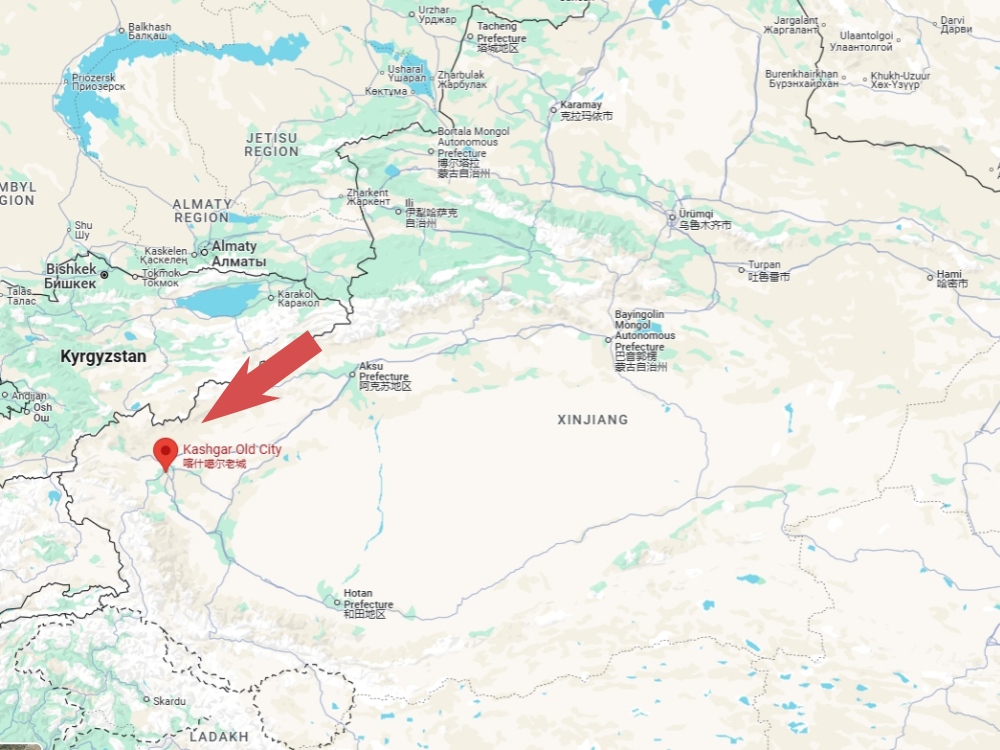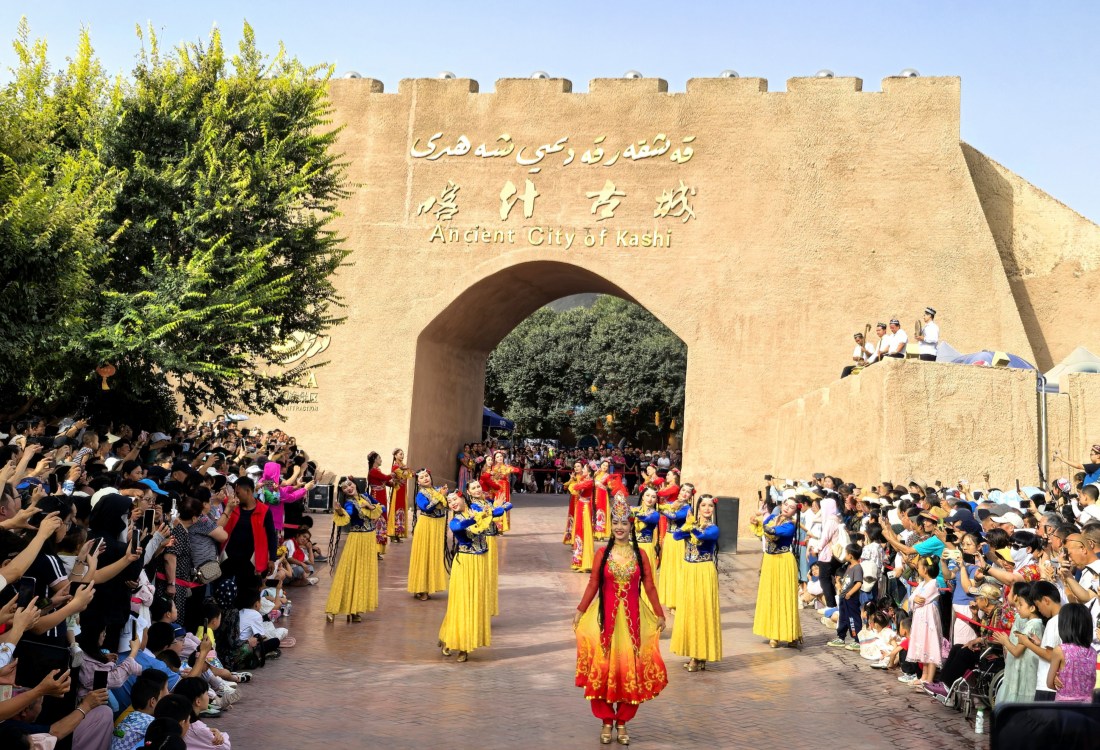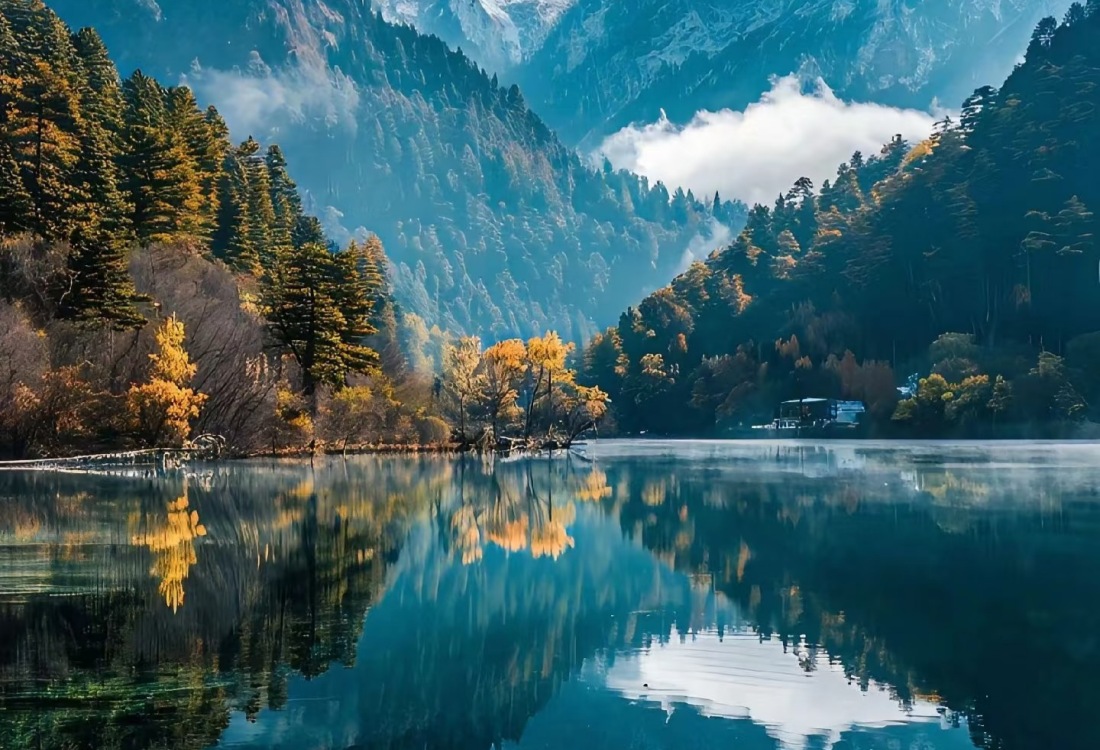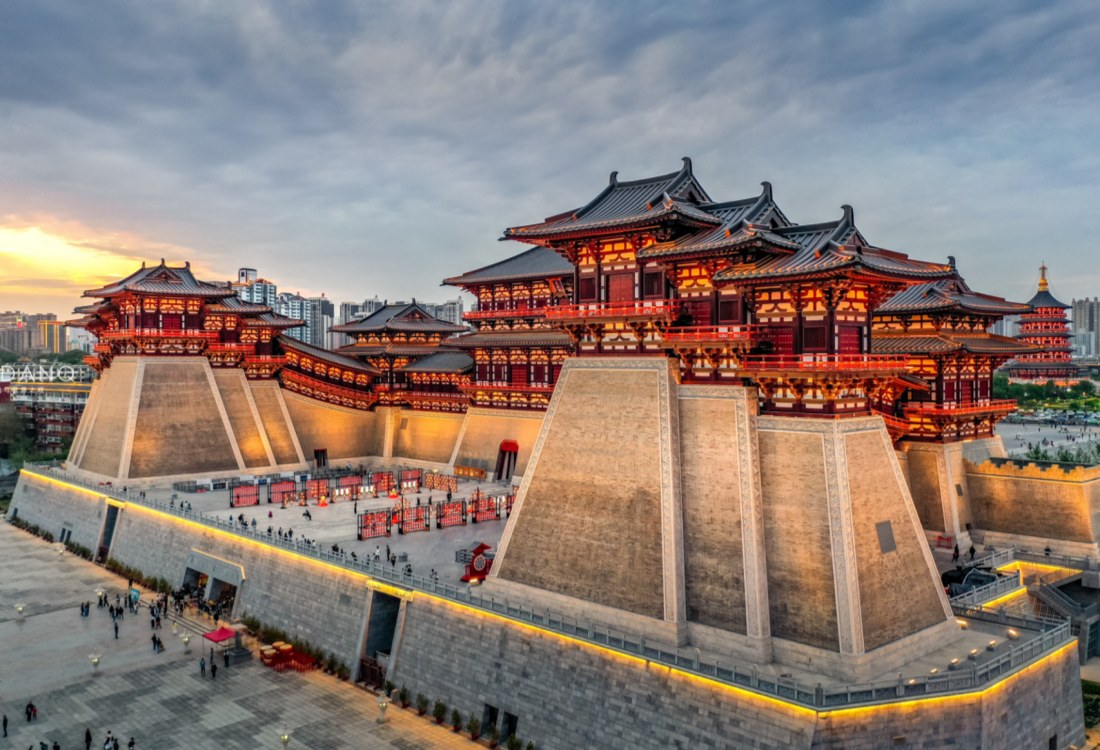Table of Contents
ToggleThe Ancient City of Kashgar(Kashgar Old City) is a fascinating destination rich in history and culture, located in the far west of China’s Xinjiang region. This article will explore the key facts about the Ancient City of Kashgar, including its attractions, best time to visit, weather, food, and more, helping you determine whether it’s worth adding to your travel itinerary.
Why Visit the Ancient City of Kashgar?
- Kashgar’s Ancient City is a living museum, where the old world seamlessly blends with the new. The streets of Kashgar are teeming with life, and the traditional Uygur culture is deeply embedded in every corner of the city.
- As a crossroads of Central Asia, Kashgar has long been a hub for traders, artisans, and travelers from across the globe. Visiting the Ancient City offers a glimpse into the past, providing an opportunity to see how the region’s historical and cultural heritage continues to thrive in the present day.
- What makes the Ancient City truly special is its preservation of traditional Uygur life. Unlike many cities that have been modernised beyond recognition, Kashgar has managed to retain its authentic charm.
- The city is home to beautiful mud-brick houses, narrow alleyways, bustling bazaars, and vibrant mosques, all contributing to a timeless atmosphere. It’s a place where history, culture, and modern-day life coexist in harmony.
Facts About the Ancient City of Kashgar
Location: The Ancient City of Kashgar is located in the heart of Kashgar city, in the southern part of Xinjiang province, China. The main attractions of the Ancient City, including the famous Id Kah Mosque and the local bazaar, are within walking distance of each other.

Opening Hours
The Ancient City is open daily for exploration. Most attractions, including the Id Kah Mosque and the bustling markets, are accessible from early morning until sunset. Specific attractions may have individual opening hours, so it’s advisable to check in advance.
Ticket Price
Entry to the Ancient City is generally free, but some specific attractions such as the Id Kah Mosque or local museums may charge a small entrance fee, typically around 20 to 30 RMB. There are also costs associated with guided tours, should you wish to enhance your experience.
Time Needed
To truly experience the Ancient City of Kashgar, a full day is recommended. This will allow ample time to explore the markets, visit the mosques, wander through the maze-like streets, and enjoy the local cuisine. For those interested in learning about the city’s history, a guided tour may extend the visit by an additional few hours.
Must-see Spots in the Ancient City of Kashgar
The Ancient City of Kashgar is home to a range of fascinating attractions that showcase the region’s rich culture and history. Some of the must-see spots include:
Food Bazaar
A bustling market where you can sample traditional Uygur dishes and discover the vibrant food culture of the region.
Golden Jewelry Bazaar
A market renowned for its stunning gold jewellery, offering a glimpse into the traditional craftsmanship of Kashgar’s artisans.
Id Kah Mosque
The largest mosque in China, a significant religious and cultural landmark in the heart of Kashgar.
Hat Bazaar
A lively market where you can find an array of traditional Uygur hats, as well as other local handicrafts.
Kashgar’s Oldest Tea House
A historic tea house that offers visitors a chance to experience traditional tea-drinking customs in a charming, old-world setting.
Woodwork Bazaar
A market famous for intricate wooden crafts, showcasing the fine artistry of local woodworkers.
Oil Painting Street
A street lined with galleries and stalls displaying vibrant oil paintings, many inspired by the region’s landscapes and culture.
Iron Bazaar
A marketplace dedicated to ironworks, where you can find everything from tools to decorative pieces made by skilled metalworkers.
When is the Best Time to Visit the Ancient City of Kashgar?
Kashgar has a harsh continental climate, so the best time to visit is during the spring (April to June) and autumn (September to November). These months offer pleasant temperatures, making it ideal for exploring the city and surrounding areas. Summer (July to August) can be extremely hot, with temperatures reaching above 40°C (104°F), while winter (December to February) is cold and often snowy, which can limit outdoor activities.
Weather and What to Wear in Kashgar
Kashgar’s weather can be extreme, so it’s important to dress appropriately. In the summer, the heat can be intense, so light, breathable clothing, sunglasses, and a wide-brimmed hat are essential to protect yourself from the sun. In winter, temperatures can drop below freezing, so warm clothing, including a heavy jacket, gloves, and scarf, is necessary.
Food to Try in Kashgar
Kashgar is renowned for its rich and diverse cuisine, which is heavily influenced by Uygur, Central Asian, and Muslim cultures. Some must-try dishes include:
Lamb Kebabs (Kebabs): Grilled to perfection, these skewers of lamb are a street food favourite.
Naan Bread: This flatbread is commonly served with meals, often freshly baked and hot from the oven.
Pilaf (Polu): A hearty rice dish made with lamb, carrots, and raisins, often served at special occasions.
Kashgar Dumplings (Mantu): These are savoury dumplings filled with minced lamb and vegetables, often served with a spicy sauce.
The Ancient City of Kashgar is undoubtedly worth visiting for anyone looking to immerse themselves in China’s rich history and culture. Whether you’re exploring its winding streets, enjoying the local cuisine, or simply soaking in the vibrant atmosphere, there is no shortage of unique experiences. For those seeking a deep connection with the Silk Road’s legacy, Kashgar offers a perfect blend of history, culture, and adventure.









